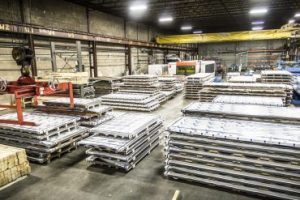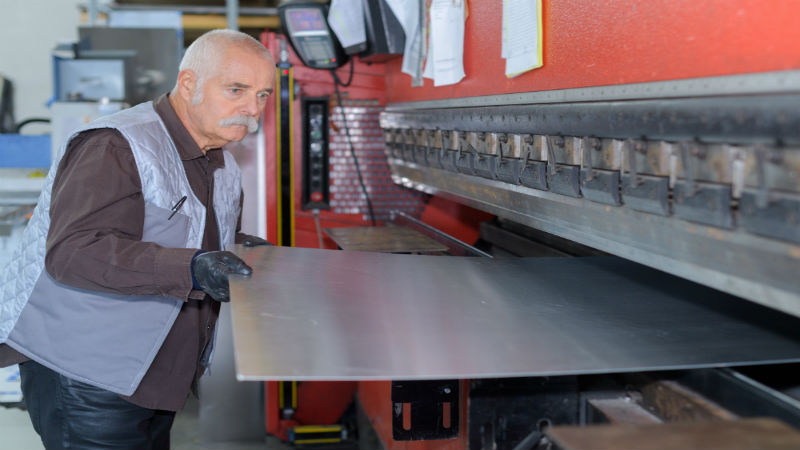Bending is a metal working practice that produces diverse shapes along a straight axis in sheet metal of almost any type. Companies and shops employ a variety of metal benders to produce a V-shape, U-shape or channel shape. They employ finger (box and pan) brakes, cornice brakes and various brake presses to accomplish the bending easily, accurately and swiftly. They also rely on various methods to produce such typical products as electrical boxes, tubes and pipelines, storage tanks, silos and rectangular ductwork.
Basic Principles behind Designing Metal Bending Machines
All bending machines perform the same service. They bend the sheet metal into a predetermined shape. Although they are not similar in shape, the basic principles behind the design of both the simple and more complex ones are the same. The formulas behind the design turn to the following to determine specifications for each type:
- The bend allowance (BA)
- The bend deduction (BD)
- The inside bend radius R =
- The K-Factor, which is t / T K
- Material thickness or T
- The distance from inside face to the neutral line or t
- The angle in degrees through which the material (A)
By using these in a single or double combination, a designer can create the specific type of metal benders desired.
Basic Methods for Metal Bending
To accomplish metal bending, an operator must have the right equipment, the skills and an agreed method. In metal bending, several methods are commonly employed to achieve the desired or specified goal. A list of these includes the following:
- Air bending
- Bottoming
- Coining
- Three-point bending
- Folding
- Wiping
- Rotary bending
- Roll bending
- Elastomer bending
- Joggling
Each method has its benefits and drawbacks. Its choice will depend upon the operator and the intended product. Among the most simple and common forms is form bending. This method requires manual dexterity and may be performed simply using a hammer and shaping dolly to bend the metal around and into the desired shape.
Metal Benders
Wherever metal parts are manufactured or where metal fabrication takes place, you will require metal bending machinery. These rank high among the most important and tools in these industries. For altering the shape and changing the form, for bending inwards and around to adopt the required shape, much relies on the capabilities – including durability and versatility of the metal benders. Without them, so many industries could never produce a metal curve when it is required.







